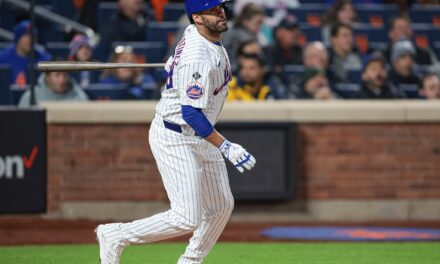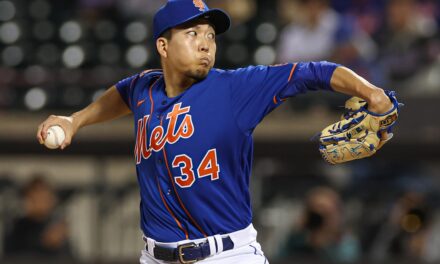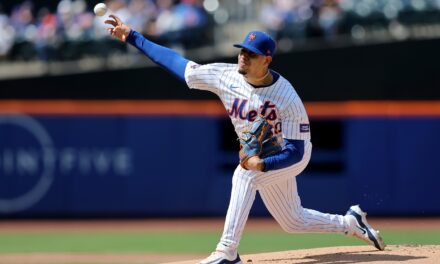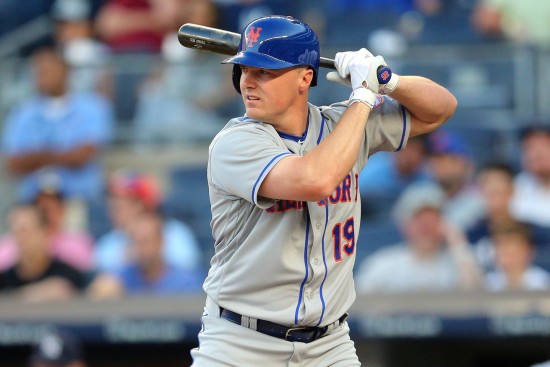
Once the Mets re-signed Yoenis Cespedes, it became obvious that an outfielder would be traded. The logical candidate was Jay Bruce. Although he had done little since the Mets acquired him at the 2016 trade deadline, Bruce was not yet 30 years old and has been a reliable middle of the order power hitter for nine seasons and a quality right fielder.
All the Mets (and their fans) probably wanted in exchange were a proven relief pitcher and a good prospect. Somehow, relievers and prospects became hot commodities and the sights were set lower – one or the other or maybe a couple of lesser prospects. So far, nothing has happened. It’s unlikely Bruce will still be with the Mets by spring training so we will have to wait and see just what he brings in trade.
Which brings to mind a couple of past situations in Met history where there was clearly an odd man out. Most recently, in 2014, the Mets had to decide which of two left-handed hitting first basemen they would trade. Both Ike Davis and Lucas Duda were power hitters who struck out too much. Indecision probably cost the Mets as they went into the season with both. A couple of weeks later, they traded Davis to Pittsburgh for a AAA reliever in Zack Thornton and a former second-round draft pick, left-handed pitcher Blake Taylor who was still in Rookie League.
This was a trade that hasn’t worked out for either team (although choosing Duda over Davis was clearly the right decision). Davis never produced for Pittsburgh and is still hoping for another major league shot after briefly playing for the Yankees in 2016. Thornton remained a AAA pitcher, never warranting a shot with the Mets and Taylor had Tommy John surgery and is still trying to work his way out of Rookie League.
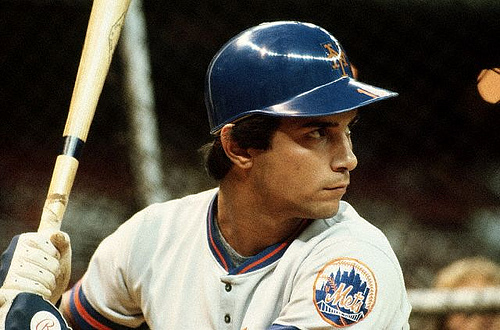
Then there was 1982. In February, the Mets had acquired power-hitting left fielder George Foster from the Reds for the underwhelming package of Jim Kern, Alex Trevino, and Greg Harris. They had the speedy young Mookie Wilson in center field, Ellis Valentine and Joel Youngblood in right and Dave Kingman at 1st base. On the bench were players like Rusty Staub and Bob Bailor. This left their onetime showpiece player, Lee Mazzilli, without a job.
Since their starting pitching was woeful, it seemed logical that Mazz would be traded for an established starter. Instead, during spring training, Lee was traded for two pitchers who had spent the previous season in the AA Texas League. Those two, Ron Darling and Walt Terrell took a couple of years to make it to the big leagues, but it certainly turned out well for the Mets.
Darling became one of the key starters on the Mets’ solid teams from 1984 to 1988, and Terrell, after some pretty good work in New York brought back power-hitting third baseman Howard Johnson in a December 1984 trade with the Detroit Tigers.
It’s worth noting that at the time of the Mazzilli for Darling and Terrell trade, that relatively few fans followed college ball, the minors, or prospect lists as they do today thanks to MLB Network, Baseball America, and the proliferation of baseball sites on the web.
Not many Mets fans knew (or cared) that Darling was a recent first-round draft pick and highly touted prospect out of Yale. He was, as the insulted Mazzilli called the return the Mets got for him, just one of “a couple of minor leaguers”.
Mazzilli ultimately returned to the Mets to help them down the stretch and throughout the post-season in 1986, ironically, after the team released George Foster.
What’ll happen with Jay Bruce? Of course, the Mets are in a totally different position this year than they were in 1982 when they were a losing and rebuilding team, so getting back a major-league ready player would probably be preferable. Ultimately, though, the kind of return the Mets got for Mazzilli would probably suit most fans just fine.


